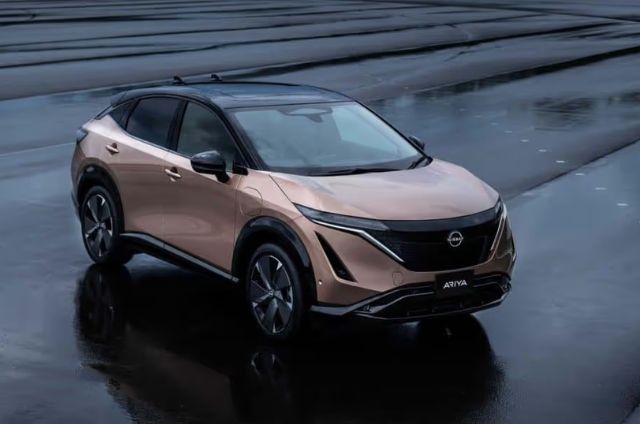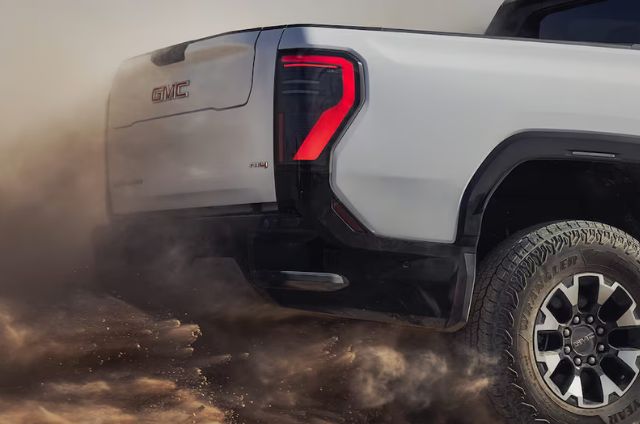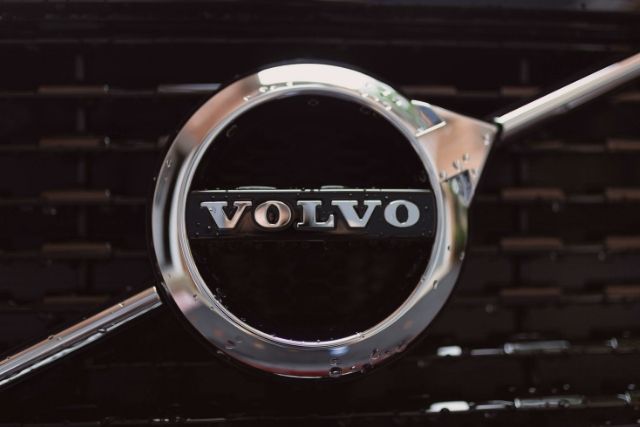EV Owners Aren’t Looking Back
A recent McKinsey & Company report shows a major shift in buyer behavior. In the U.S., 76% of EV owners say their next car will also be electric—a sharp jump from 56% last year. Improved charging access, more affordable models, and better range are all driving the shift.
Satisfaction is growing, too. In just one year, owner satisfaction climbed from 60% to 73%.
Mixed Households Are Making the Switch
Even homes with both gas and electric vehicles are leaning battery-powered. Nearly 60% plan to replace their gas car with another EV, while just 14% want another gas vehicle. Plug-in hybrids (PHEVs) are also gaining traction, with 24% leaning that way.
PHEV owners, in particular, show loyalty—52% say they’ll stick with hybrids, possibly due to limited charging infrastructure in their area.
Gas-Only Drivers Still Hesitate
Among those who drive only gas-powered vehicles, interest in going electric remains low. Just 12% say they plan to go fully electric next, while 35% insist they never will. That contrasts sharply with China (3%) and Europe (15%), where EV sentiment is far more optimistic.
In China, many skipped gas cars entirely and moved straight to EVs. Incentives and strong infrastructure have helped fuel that leap.
The U.S. EV Divide Runs Deep
While states like California, New York, and Washington are embracing EVs, rural areas remain largely uninterested. Age is also a major factor—younger buyers under 45 are far more likely to go electric, while older generations stay loyal to combustion.
Still, one insight stands out: Once Americans go electric, they rarely return to gas. The EV shift might be slow—but it’s sticky.
The real question isn’t if the U.S. will catch up—it’s how long it’ll take to get there.



